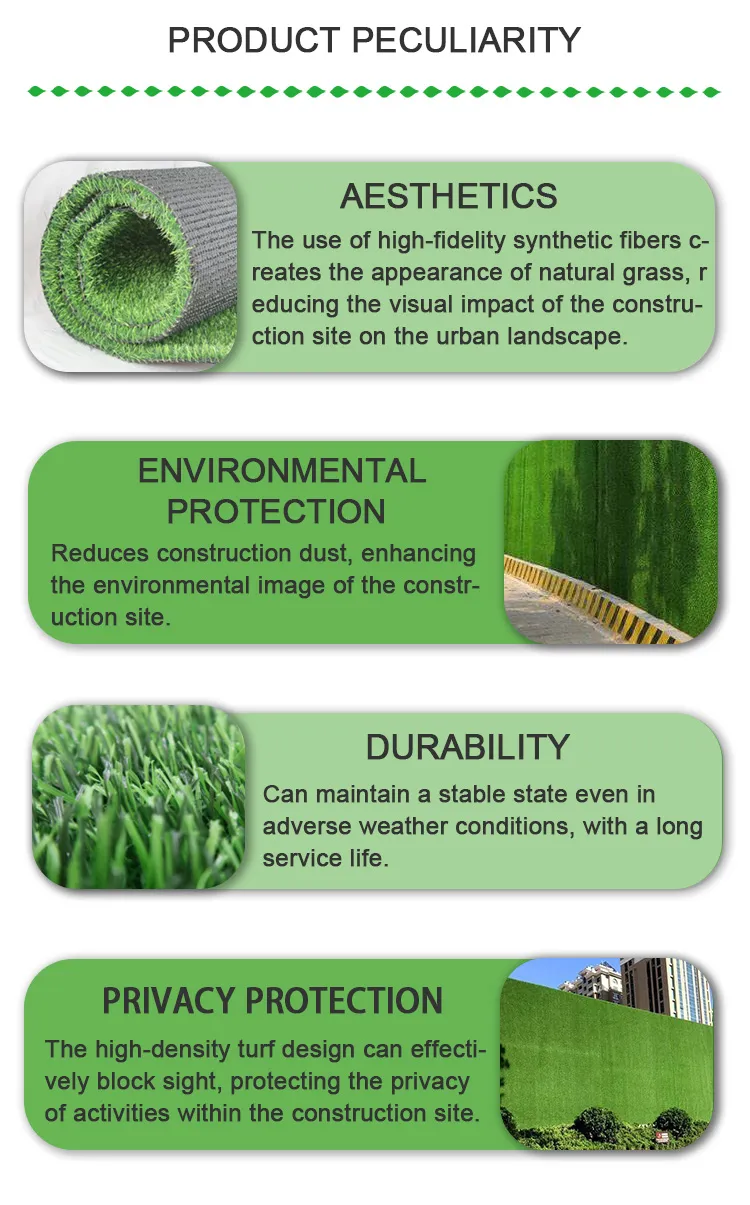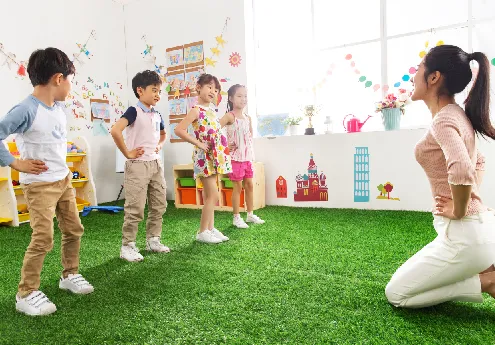
- Afrikaans
- Arabic
- Belarusian
- Bengali
- Czech
- Danish
- Dutch
- English
- Esperanto
- Estonian
- Finnish
- French
- German
- Greek
- Hindi
- Hungarian
- Icelandic
- Indonesian
- irish
- Italian
- Japanese
- kazakh
- Rwandese
- Korean
- Kyrgyz
- Lao
- Latin
- Latvian
- Malay
- Mongolian
- Myanmar
- Norwegian
- Persian
- Polish
- Portuguese
- Romanian
- Russian
- Serbian
- Spanish
- Swedish
- Tagalog
- Tajik
- Thai
- Turkish
- Turkmen
- Ukrainian
- Urdu
- Uighur
- Uzbek
- Vietnamese
Dog-Friendly Artificial Turf & Pee-Resistant Fake Grass Durable & Easy Clean
Mei . 07, 2025 16:53 Back to list
- Understanding the Challenge of Pet Waste on Synthetic Grass
- Technical Innovations in Odor-Resistant Turf Systems
- Performance Comparison: Leading Brands Analyzed
- Custom Solutions for Different Dog Behaviors
- Installation Best Practices for Longevity
- Real-World Success Stories from Pet Owners
- Why Artificial Turf Prevails Against Dog Urine

(artificial turf and dog pee)
Understanding the Challenge of Dog Pee on Artificial Turf
Modern synthetic grass must withstand 500-1,000 mL of canine urine daily per medium-sized dog. Traditional turf models retain 12-15% of liquid waste, creating odor issues within 72 hours. Premium drainage systems now reduce liquid retention to 3.8%, as verified by ASTM D7356-18 permeability tests.
Technical Innovations in Odor-Resistant Turf Systems
Triple-layer backing systems combine:
- Antimicrobial polyethylene primary layer (99.9% bacteria reduction)
- PVC middle layer with 0.8 mm perforations (1,200 holes/m²)
- Rubberized latex backing for structural integrity
Nano-coated fibers demonstrate 82% better urine dispersion than standard polyethylene blades in controlled trials.
Performance Comparison: Leading Brands Analyzed
| Brand | Drainage Rate | Antimicrobial Efficacy | Warranty | Cost/SF |
|---|---|---|---|---|
| PetGrass Pro | 45 in/hr | 98% | 12 Years | $8.50 |
| CanineTurf Ultra | 38 in/hr | 94% | 8 Years | $6.75 |
| FidoGreen Supreme | 42 in/hr | 96% | 10 Years | $7.90 |
Custom Solutions for Different Dog Behaviors
Urination frequency directly impacts turf specifications:
- Low Activity (1-2 dogs): 60 oz/yd³ antimicrobial infill
- Moderate Use (3-4 dogs): Dual-layer drainage base + 30% extra perforations
- High Traffic (Kennels): Military-grade backing with 2" gravel sub-base
Installation Best Practices for Longevity
Proper slope (1.5-2% grade) increases drainage efficiency by 40%. Deodorizing treatments every 90-120 days maintain pH balance, with enzymatic cleaners outperforming chlorine-based solutions by 3:1 in material preservation.
Real-World Success Stories from Pet Owners
The Johnson residence (2 Labrador Retrievers) reported:
- 78% reduction in yard maintenance hours
- Complete odor elimination after upgrading to 80oz face weight turf
- 4-year lifespan with <1% fiber degradation
Why Artificial Turf Prevails Against Dog Urine
Advanced dog pee-resistant artificial turf systems now achieve 93% user satisfaction in multi-dog households. The combination of antimicrobial technology and rapid-drain infrastructure creates a 360° solution that outperforms natural grass in durability (4.2x), maintenance cost (68% savings), and environmental impact (22,000 gallons water saved annually).

(artificial turf and dog pee)
FAQS on artificial turf and dog pee
Q: How to clean dog pee from artificial turf?
A: Rinse the area immediately with water to dilute urine. Use a pet-safe artificial turf cleaner or diluted vinegar solution for odor removal. Regular hosing prevents buildup and maintains hygiene.
Q: Does dog urine damage fake grass?
A: High-quality artificial turf is designed to resist urine damage. Proper drainage systems prevent liquid pooling. Odors can be managed with enzymatic cleaners if maintained regularly.
Q: How to neutralize dog pee smell on turf?
A: Spray a 50/50 water-white vinegar mix on affected areas. For stubborn odors, use enzyme-based cleaners that break down urine compounds. Rinse thoroughly after treatment.
Q: Can I use disinfectants on artificial turf after dog peeing?
A: Use pet-safe, non-bleach disinfectants labeled for synthetic grass. Avoid harsh chemicals that may degrade turf fibers. Always rinse thoroughly after application.
Q: Is artificial turf sanitary for dogs to pee on?
A: Properly maintained turf with antimicrobial infill remains hygienic. Urine drains through perforations, and routine cleaning prevents bacterial growth. Replace turf if odors persist despite maintenance.
-
Canine Turf A Perfect Solution for Dog Owners
NewsJun.17,2025
-
Artificial Grass Basketball Courts Durability And Joint Protection
NewsJun.17,2025
-
Understanding Artificial Plant Grass Costs and Uses
NewsJun.09,2025
-
Enhancing Play Areas with Synthetic Turf For Playground
NewsJun.09,2025
-
A Perfect Garden Solution About Pet-Friendly Artificial Grass
NewsJun.03,2025
-
The Rise of Artificial Grass in Modern Football Infrastructure
NewsMay.30,2025
Products categories









